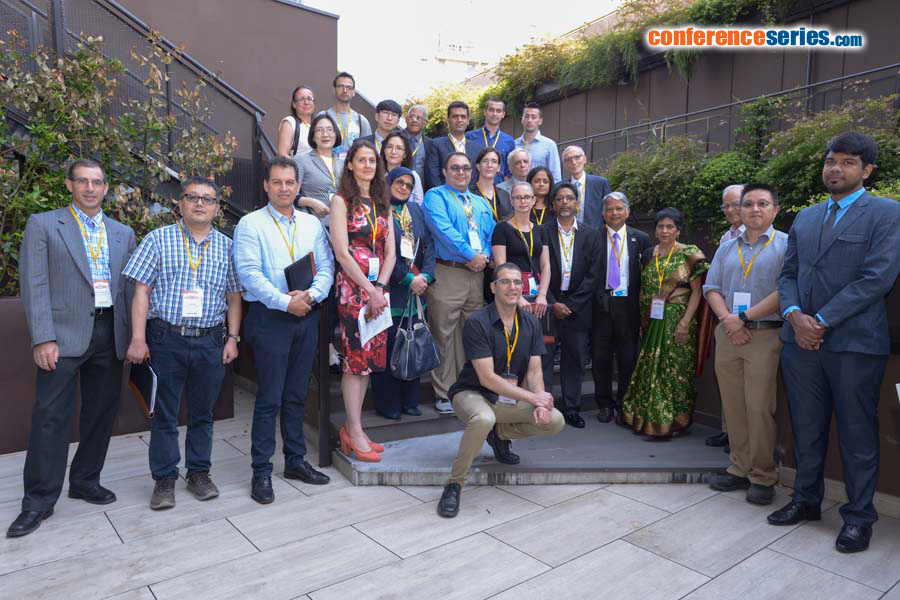
Yacov Rofé
Bar-Ilan University, Israel
Title: The Intuitive Rational-Choice Theory of Madness: Schizophrenia, Criminal Insanity & Neuroses The Fallen Empires of Psychoanalysis, Medical Models and Drug Companies
Biography
Biography: Yacov Rofé
Abstract
The book, The Intuitive Rational-Choice Theory: Schizophrenia, Criminal Insanity & Neuroses, presents a new theory, which explains the development and treatment of schizophrenia and criminal insanity as rational coping mechanisms. It demonstrates the widespread conviction that schizophrenia is a brain disease, which is primarily due to the weaknesses of psychological theories explaining the strong relationships between schizophrenia and neurological impairments. Consequently, medical models took for granted that all cases of schizophrenia result from brain disease, even when there was no evidence for neurological impairments, as in the case the Unabomber and John Nash. This new theory reverses the method of investigation: It first explains case studies with no evidence of brain impairments and then generalizes it to research where clear-cut evidence of such impairments were found. Using this methodology, it is demonstrated that the new theory can explain all cases of schizophrenia, as well as numerous cases of criminal insanity and neurotic disorders, along with the variability of the stark differences between the various cases, as rational coping mechanisms.
According to this new theory, when individuals are confronted with extreme levels of stress, regardless of whether the source of the stress is neurological or environmental, their behavioral options become limited: They can commit suicide, develop a drug abuse, use aggression to eliminate the stressor, or intuitively choose certain mad behaviors that suite their coping demands. Madness is defined by five major diagnostic criteria: The behavior must intensively preoccupy the individual's attention and disrupt his daily functioning, onset must be in the absence of observable events that are uniquely associated with this behavioral change, it must be rare, the patient should be unaware of the underlying causes for the behavioral change and it must be socially stigmatized as abnormal or bizarre. Mad behaviors are categorized to neuroses or psychoses, based on presence or absence of delusions, hallucinations and disorganized speech (see Rofé, 2016).
Madness is seen primarily as a repressive coping mechanism, which individuals intuitively/unconsciously choose when confronted with unbearable levels of stress. The choice of a specific behavior is determined by the same three principles which guide the consumer's decision-making process when purchasing a certain product (e.g., see Wänke & Friese, 2005). The major principal is the need for the specific product/symptom, which in madness is controllability. The specific behavior must increase the patient's ability to exercise control over the stressor andor provide certain desired privileges. The second guiding principle is availability, which indicates that the choice of a specific symptom is affected by various channels of information, such as the media, personal experiences, genetic predispositions, family and peers that increase the saliency of certain suitable behaviors (see Rofé, 2000). The third principle is cost-benefit analysis, which states that a mad behavior may only be chosen if the individual intuitively feels that it will reduce the level of his or her emotional distress.
Although the decision to implement the intuitive/unconscious choice is conscious, patients become unaware of the Knowledge of Self-Involvement (KSI), or the True Reason (TR) for acting bizarrely through a variety of cognitive processes that disrupt the encoding of this knowledge and memory-inhibiting mechanisms that cause its forgetfulness. Subsequently, utilizing their socially internalized beliefs regarding the causes of psychological disorders, patients develop a self-deceptive belief which attributes the cause of their symptoms to factors beyond their conscious control, and thus stabilizes the unawareness of KSI/TR.
The new theory proved its ability to integrate all therapeutic methods pertaining to neurosis into one theoretical framework (Rofé, 2010), explaining all data relevant to the development and treatment of conversion disorder, including neurological findings, which seemingly support the medical explanation of this disorder (Rofé & Rofé, 2013), and resolves the theoretical confusion regarding the explanation of phobia by distinguishing between a bizarre phobia (e.g., agoraphobia, and chocolate phobia) and non-bizarre phobia, such as dog phobia (Rofé, 2015). Robert Aumann, the Nobel Prize-winning economist, noted in a letter of recommendation to publishers of the present book (2017), Rofé's theory is as "revolutionary as it sounds, fits well into the frameworks of economics, game theory, and evolution".



